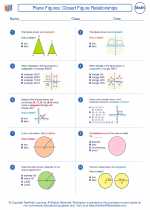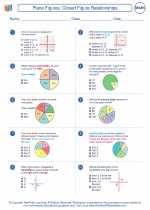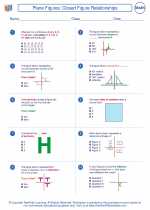Dependent System
A dependent system of linear equations is a system in which the equations represent the same line or plane. In other words, the two or more equations in the system are equivalent and have an infinite number of solutions.
Characteristics of a Dependent System
- Infinite Solutions: A dependent system has infinitely many solutions, because the equations are representing the same line or plane in the coordinate system.
- Equal Slopes or Planes: The equations in a dependent system have the same slopes in the case of lines, or represent the same plane in the case of 3D space.
- Co-Linear or Co-Planar: The lines or planes represented by the equations in a dependent system are co-linear or co-planar, meaning they lie on the same line or plane.
How to Identify a Dependent System
To identify a dependent system, you can use one of the following methods:
- Graphical Method: Graph the equations in the system on the coordinate plane. If the lines or planes coincide with each other, then the system is dependent.
- Algebraic Method: Use algebraic methods such as substitution or elimination to solve the system. If the resulting equation is always true (like 0 = 0), then the system is dependent.
Example Problem
Consider the system of equations:
2x + 3y = 7
4x + 6y = 14
To determine if the system is dependent, we can divide the second equation by 2 to get:
2x + 3y = 7
As we can see, the second equation is simply a multiple of the first equation. Therefore, the system is dependent and has infinitely many solutions.
Study Guide
When studying dependent systems, make sure to focus on the following key points:
- Understanding the concept of dependent systems and how they differ from independent and inconsistent systems.
- Identifying dependent systems using graphical and algebraic methods.
- Practicing solving dependent systems and understanding the concept of infinite solutions.
It is also important to practice graphing dependent systems and understanding the geometric interpretation of dependent systems in the coordinate plane or 3D space.
Remember to review the properties and characteristics of dependent systems, and how they relate to the equations and solutions of the system.
Good luck with your studies!
[Dependent System] Related Worksheets and Study Guides:
.◂Math Worksheets and Study Guides Seventh Grade. Plane Figures: Closed Figure Relationships

 Worksheet/Answer key
Worksheet/Answer key
 Worksheet/Answer key
Worksheet/Answer key
 Worksheet/Answer key
Worksheet/Answer key
